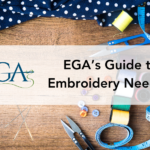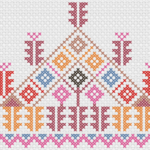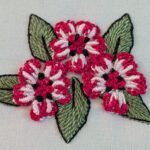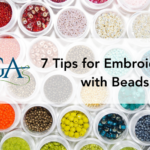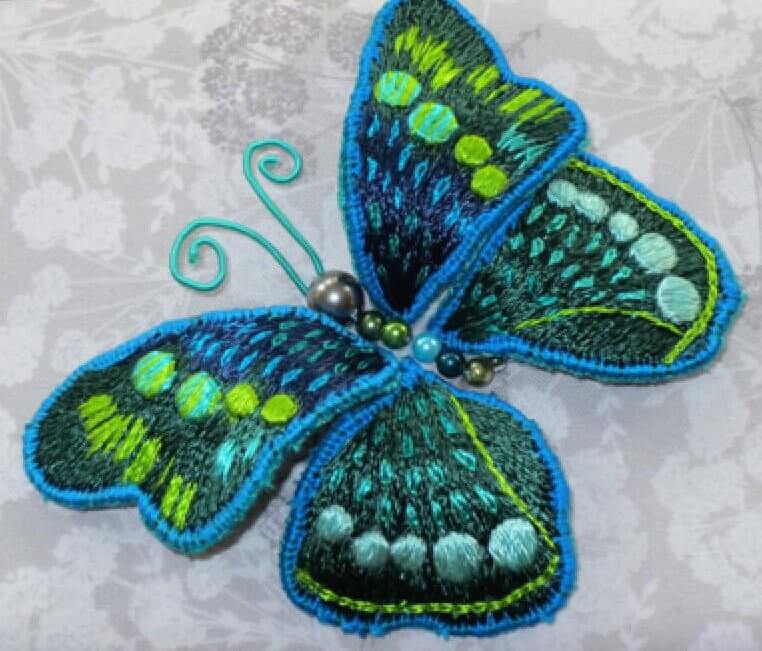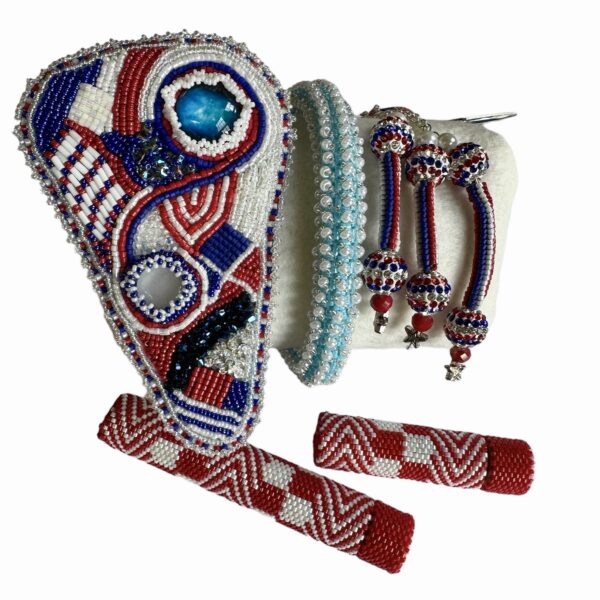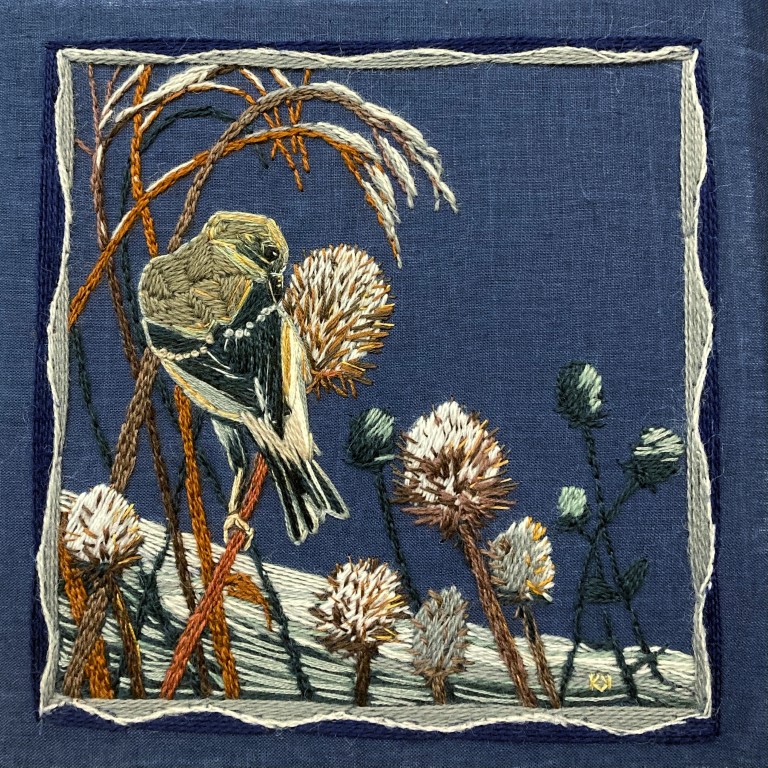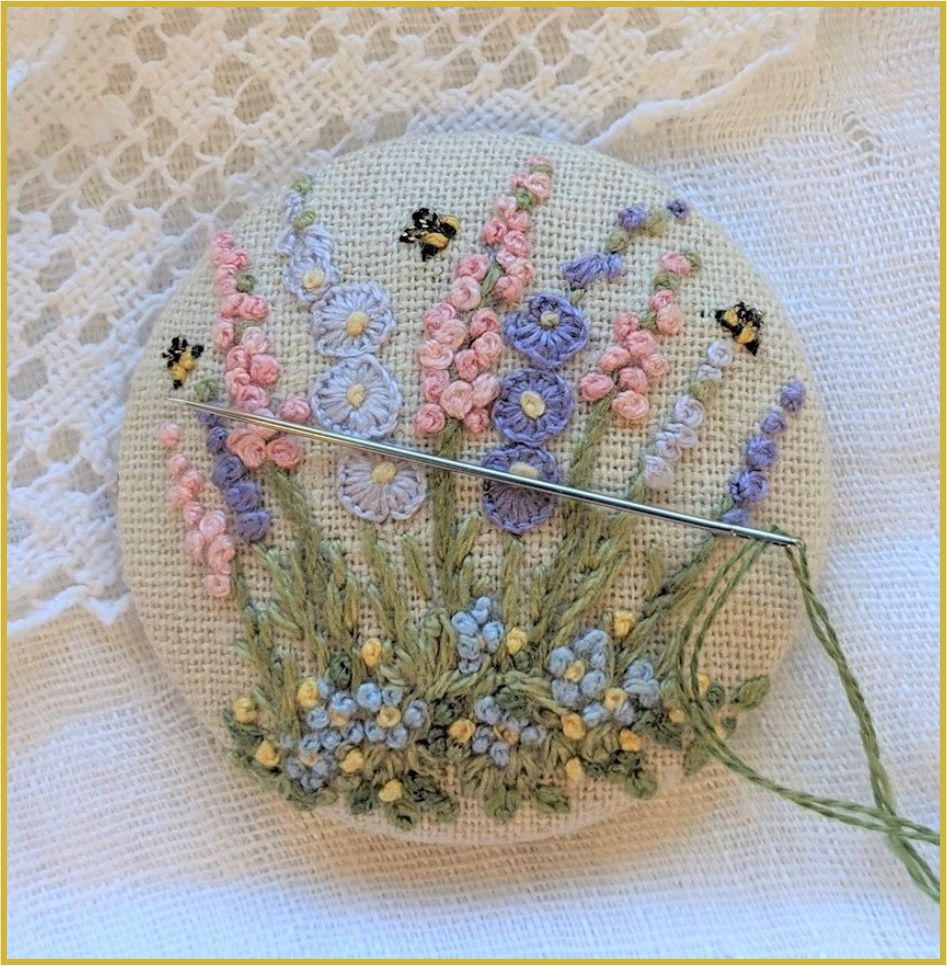
Fabric for embroidery comes in many styles. Elements like needlework style and technique, thread type, thread count, project size, and embellishments (beads, sequins, etc) dictate the choice of fabric. It’s important to understand which fabrics best complement the above choices to create embroidery that stands the test of time. Pairing the wrong thread and style with the wrong fabric will result in lots of frustration. To complement the fabric guide outlined here, embroiderers can refer to EGA’s Beginner’s Guide to Needle to Embroidery Floss and Beginner’s Guide to Five Types of Embroidery. You may also download a free Glossary of Embroidery terms here!
Let’s take a look at some of the most common fabric types available to embroiderers.
Evenweave vs. Plain Weave
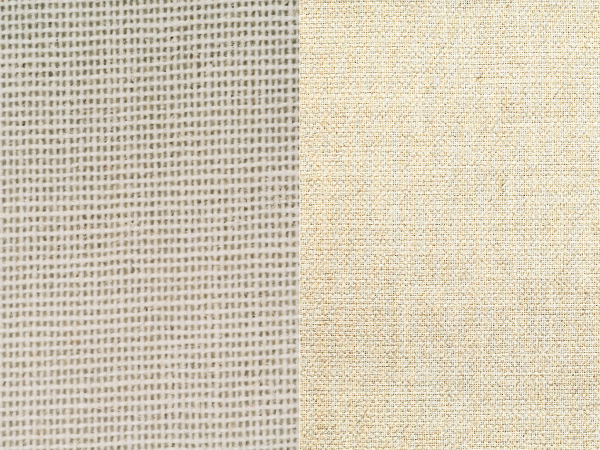
Before we dive into specific types of embroidery fabric, let’s touch on evenweave vs plain weave fabrics. The following fabrics may fall under plain weave or evenweave, and it’s important to know the difference in order to match the right fabric with the desired needlework technique.
Evenweave fabric is shown above on the left. As the name implies, evenweave fabric displays an even weave. Both vertical and horizontal threads have the same thread count, forming an even grid with clear holes. This makes evenweave fabric perfect for counted thread techniques like cross stitch, Hardanger, pulled and drawn threadwork, and Blackwork. Evenweave fabrics come in a variety of sizes dictated by thread counts. Lower thread counts relate to a lower number of threads per inch, while higher thread counts relate to a higher number of threads per inch.
Plain weave fabric for embroidery is shown above on the right. Unlike evenweave fabric, plain weave does not have uniformity across the warp and weft. Plain weave fabric’s grid is much less distinct, and the fabric has a much tighter, more woven look and feel. Plain weave fabric is great for surface and free-style embroidery that is less reliant on a grid pattern.
Aida
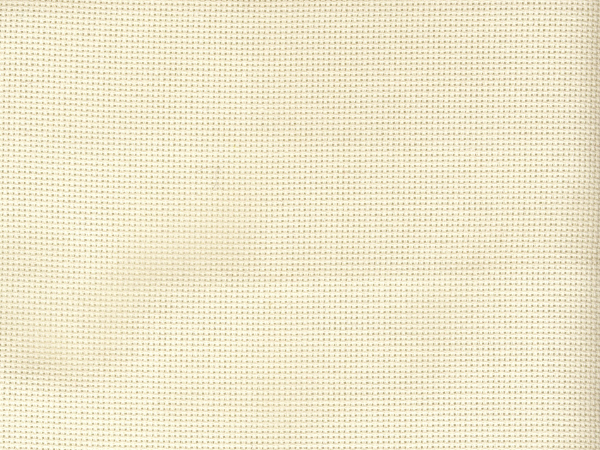
Aida is an evenweave fabric available in various stitch counts. Aida is available in cotton, linen, rayon, and blended fibers. Popular for cross stitch and embroidery, Aida comes in a range of colors and stitch counts. Aida might be the most widely available fabric for needleworkers, and while it can be a bit stiff, it is a good fabric for beginners to needlework. The smaller the thread count (for example, a 10-count Aida), the larger the holes in the fabric grid, which can be easier to work for beginners.
Fiddler’s Cloth
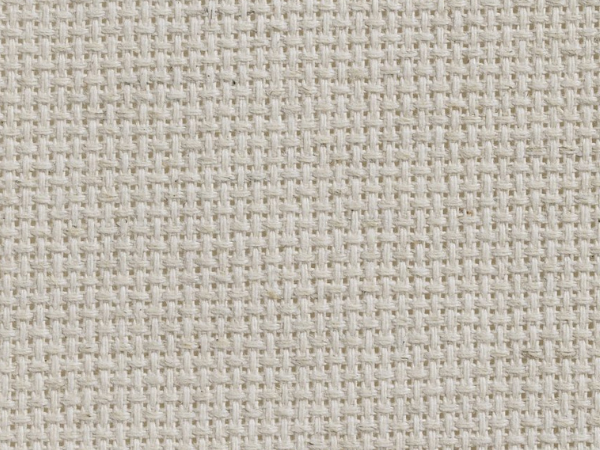
Fiddler’s Cloth is similar to Aida, but with a bit more texture and slightly less uniformity. Despite having more of a rustic feel, the grid is still easily delineated. Fiddler’s cloth usually features a blend of cotton, linen, and polyester. A heavy fabric, Fiddler’s Cloth can be worked on without a hoop and used for cross stitch or other counted stitch embroidery techniques.
Canvas
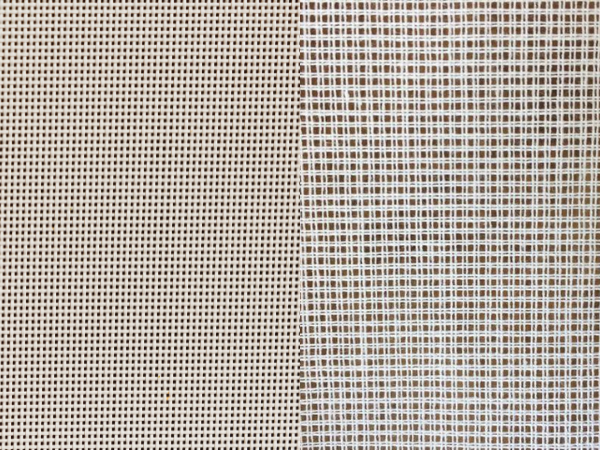
Canvas features a very open, even weave mesh. Canvas can be single thread (Mono canvas, with a single warp and weft, and Mono Interlock, with a single horizontal thread and double vertical threads) and double thread (Penelope canvas, with a double warp and weft), and made of cotton (rug canvas), linen, or plastic. Canvas is used in needlepoint, tapestry, and petit point and gros point. Choosing between single and double thread largely depends on the finished project. Penelope canvas’s double warp and weft (seen above right) offers more durability. Needlepointers can also make both small stitches in the small holes and large stitches in the large holes, which can be utilized to create finer details.
Muslin
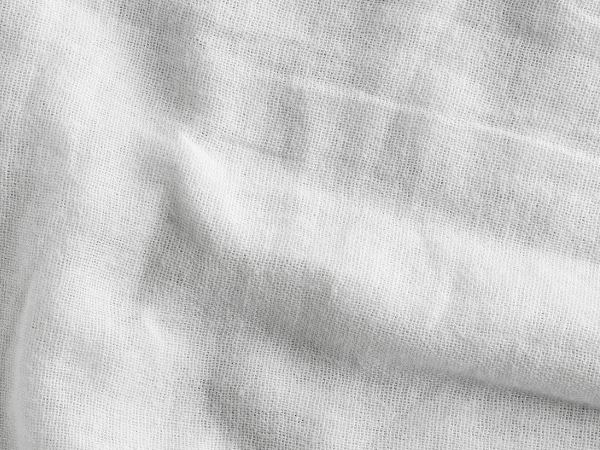
Muslin is a plain weave fabric made from cotton. Thread counts vary from 70 all the way up to 250. A higher thread will offer a very fine fabric, perfect for detailed needlework like “thread painting” and freestyle embroidery. Muslin is relatively inexpensive, making it a common, popular choice for many needleworkers.
Jobelan
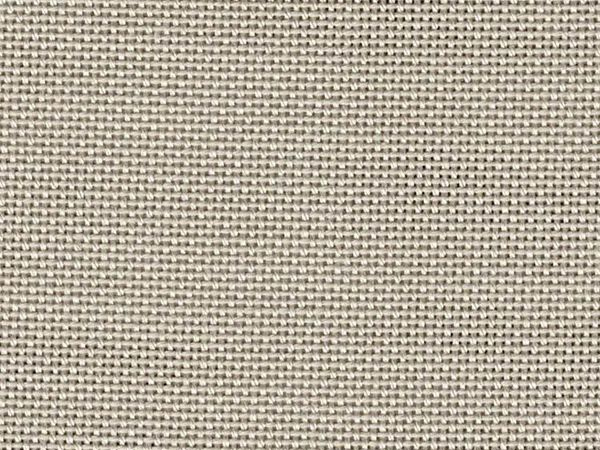
Jobelan is an evenweave fabric blend of 51% cotton and 49% rayon. Jobelan is typically soft and smooth, with a nice sheen. Jobelan is frequently used in counted thread work. It’s less stiff than some of its counterparts, and fairly resistant to wrinkling. Jobelan is often used in things like tablecloths, pillows, and other home linens. Jobelan features a less even grid, with the size of the holes alternating slightly between large and small across the grid.
Linen
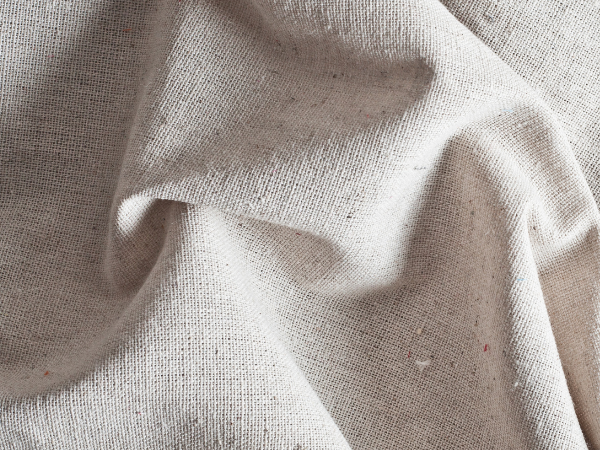
Linen is a plain weave fabric with a rustic texture—don’t be surprised to find unique “slubs” and irregularities when working with linen fabric. Pure linen can be expensive, so many embroiderers opt for linen-cotton blends. A plain weave linen works well with surface embroidery and thread painting.
Hardanger
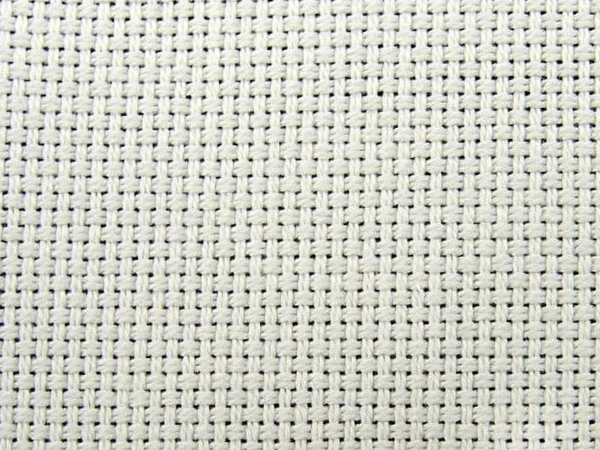
Hardanger fabric is an evenweave, 22-count thread fabric in 100% cotton. Traditional Hardanger embroidery used an evenweave fabric of 36-count thread or higher. Modern Hardanger fabric features a “basketweave” of paired threads. The doubled threads weave over and under on the vertical and horizontal planes, and these double threads are counted as one. Hardanger fabric is used in counted thread work, Hardanger embroidery, Blackwork embroidery, cross stitch, and cutwork.
We hope this beginner’s guide to embroidery fabrics helps you choose the perfect fabric for your next needlework project. Not sure where to start? Get one of our Free Projects!
